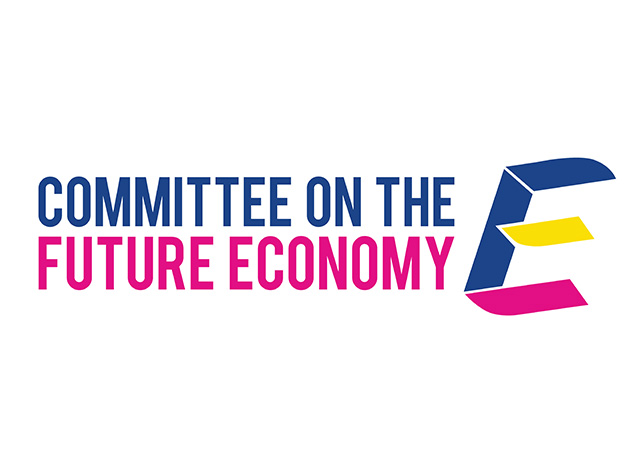The Committee on the Future Economy has weighed in with seven key strategies to take Singapore forward towards greater and better things amidst challenging global conditions.
The seven strategies are classified into three broad themes:
- Keeping Singapore open and connected to the world
- Expanding our capabilities to enable companies to revolutionise the way they do things and grow their businesses
- Groom all our working people so that they can adapt to changes occurring both now and in the future through the acquisition of skills through training and upgrading
In a nutshell, the report makes for a fascinating read and puts into perspective how we as one people and one nation can work towards a better future – through finding new ways of doing things, getting out of our comfort zones to gain experience, harnessing technology and working together.
It may detail our gameplan for the future, but for the present time, to put things into greater perspective, here are four key highlights all working folk eking out a living on our sunny island should take note of:
1. Upskilling today, for tomorrow
Yeap. There’s no escaping equipping yourself with the relevant skills to thrive in an increasingly digital world that’s rapidly changing. This includes learning as much as you can in school to earn the basic qualifications to get your foot into a desired industry.
What follows next is gaining a mindset that’s focused on continuous learning. This is made even more critical, given the fact that technologies and jobs are likely to change throughout a worker’s lifetime. To illustrate this point: Think about your first handphone and how different it is from your touchscreen device today. Also, consider how your favourite musician will fall by the wayside in the near future unless he or she comes up with new songs. This is precisely why all of us have to keep on improving ourselves.
Thankfully, recommendations made by the CFE have called on the Government to evaluate and improve existing support schemes such as the Adapt and Grow, Workfare Income Supplement, Workfare Training Support and the Progressive Wage Model and even work-lean programmes; have more agents like NTUC’s e2i (Employment and Employability Institute) match harder-to-place workers with potential employers; have institutes of higher learning offer bite-sized or even e-learning courses that busy folk can take up more easily; and have the Labour Movement work together with the national agencies on a more user-friendly National Jobs Bank.
And to bring home the message that learning and training should be a lifelong, continuous process, the CFE has also called on the Government to consider setting up an online, one-stop education, training and career guidance portal, so as to enable us to better plan and chart out our upgrading journey.
2. Banding Together to Enable Growth
To succeed as a country, it is imperative that all Singaporeans work together as one cohesive unit.
This is where our Labour Movement and its network of unions can work together with trade associations and chambers (TACs), businesses and the Government to nurture a conducive environment to support growth and innovation.
This can eventually lead to industry-led initiatives and developments that could not only see businesses progress, but at the same time, ready the workforce for the future through concerted upgrading initiatives to meet future skill needs and even groom them to take on international opportunities – keep your eyes peeled for opportunities and embrace them when they present themselves.
3. Strengthening Tripartite Partnerships
Tripartism has been one of the bedrocks of Singapore’s economic growth and stability on the labour front. Described as an enduring strength of our economy, this is an area where the Labour Movement’s network of unions can continue to engage and collaborate with working Singaporeans to move one step ahead and prepare for future economic changes.
Recommendations by the CFE have also called for greater collaboration between employers, unions and Government to sense market needs and future opportunities for our workers. Besides working better together to help place workers into the jobs of today, there is plenty to think about for tomorrow, and this is where the unions can play a more important role in helping the Government galvanise the workforce and help turn Government policies into beneficial outcomes.
4. Developing and implementing Industry Transformation Maps
A strategic approach, the Government’s Industry Transformation Maps (ITMs) brings stakeholders like industry partners, TACs, unions and public agencies together to help industries realise their economic potential and create good jobs for Singaporeans. To date, six ITMs have been launched, with the rest slated to roll out by the end of this year.
Rather than take on a homogeneous approach, the ITMs will be tailored to suit the unique needs of each industry for the benefit of both businesses and workers. The CFE’s proposition of a cluster approach will also enable working people in related industries to have access to opportunities in a related space, expanding both their skills and knowledge.
Read also: Exclusive: No One Should Be Left Behind


